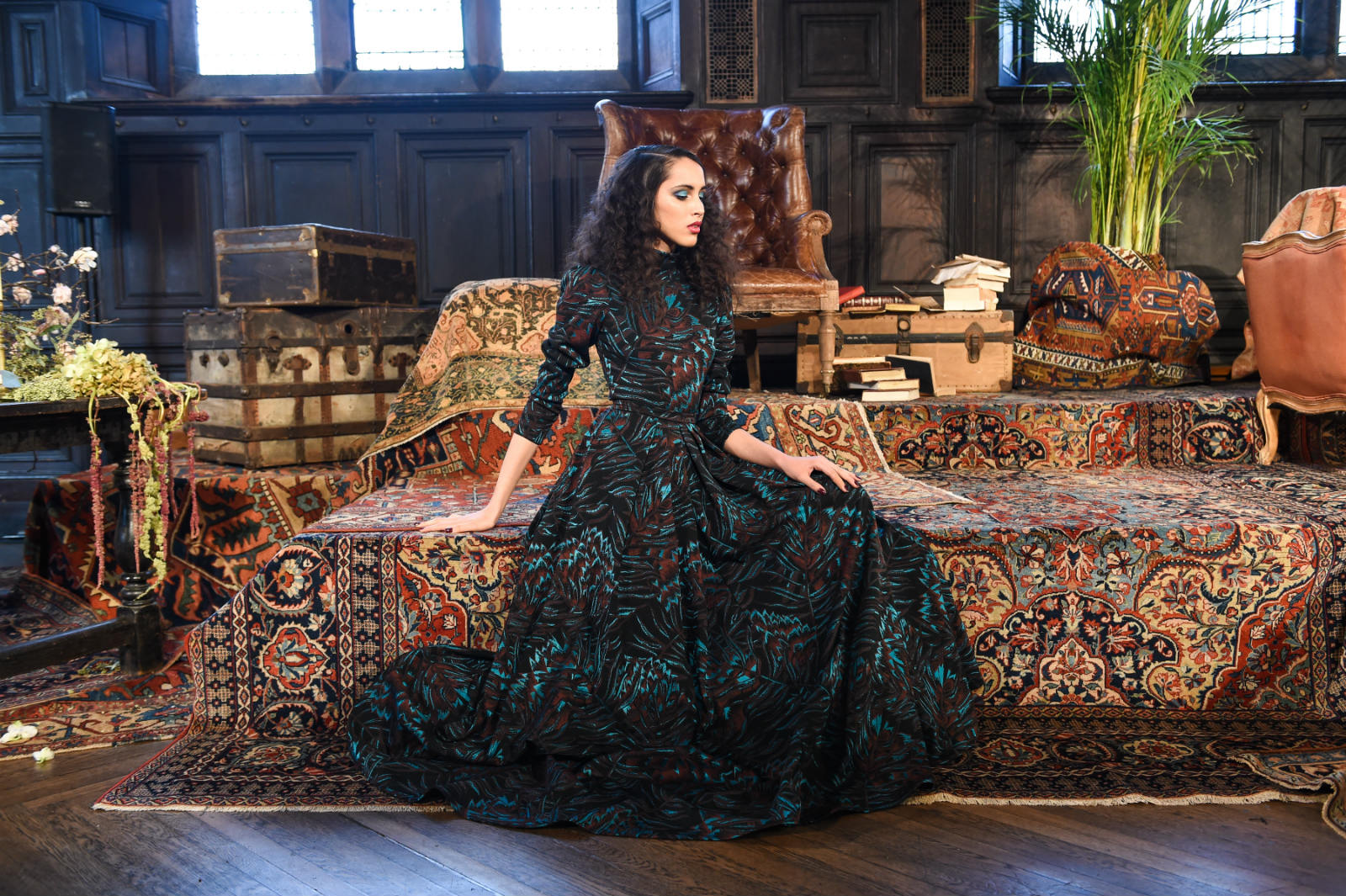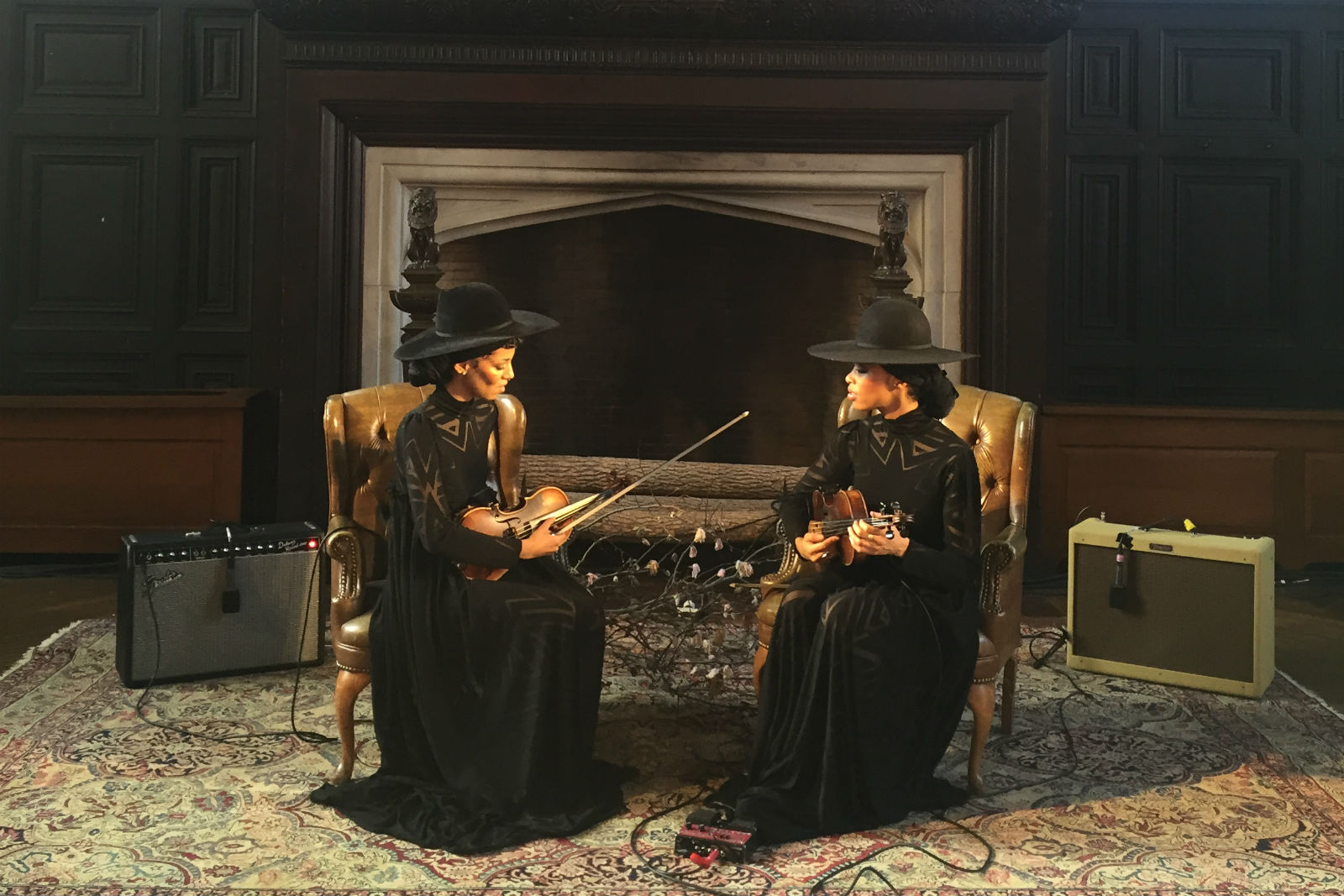Notes: Why People Attend Fashion Week
Understanding the grander stylistic vision of designers, from materials to presentation

For at least two months of out every year, the Instagram feeds of many are swamped with fashion week images of runways and presentations. Some proclaim: I like this. Others simply make clear: I was there. In many instances, substance is unclear and a greater vision is minimized to a social post lost in the eternal scroll of things. There’s a more grounded reason some people attend fashion week, though. And, specifically, there’s a reason why we at Cool Hunting like to go. Style has been one of our pillars since inception. But style and fashion are not synonymous. Material innovation, processes and the development of silhouettes and structures that move personal style forward as a whole appeal to us. These are elements of fashion, for sure, but perhaps are more easily understood through a desk-side meeting than a runway show. Yet there’s nothing quite like the theater and spectacle of a show.

There’s a history to fashion week that dates back to Paris in the 1800s. While there was no unified week at first, there were showcases by brands and stores that demonstrated their latest additions. In the first decade of the 1900s, these one-offs began happening in New York. Fashion Week itself launched in New York City in 1943, under the moniker Fashion Press Week—organized by the publicist Eleanor Lambert. And really, that title still reflects a portion of what it is today: a showcase where editors and stylists confront the future of style head-on. Only now, there are also buyers and celebrities and various people who fall under the category of “influencer.”

Today, everything has blossomed to an almost overwhelming extent—with events both official and unofficial, in-stores and pop-ups, parties and partnerships. There are momentous amounts of stimulation. What then is actually extraordinary? What properly and authentically dazzles? Many presentations do have exceptional merit. Each of these is an exciting unveiling of the grander vision of the designers involved. And there’s nothing more alluring than that.

Of the dozen or so shows I went to (this number pales in comparison to most), one struck me as the definitive measure of a successful presentation. On Saturday 13 February, designer Mara Hoffman invited guests to view her Fall 2016 collection in The Refectory of The High Line Hotel. The gothic intonation within the 1865 red-brick building set the stage. Within immediate eyesight upon entry was artist Ilona Royce Smithkin. The 95-year-old—seated, smiling and waving—anchored a presentation complete with two young girls resting at her feet and an array of beautiful individuals fanning out on either side. We haven’t even touched upon the clothes yet, and this is something worth noting. Hoffman immersed guests into another world—a complete vision of her wares and the fantastical elements they evoke.

When one acclimated to the subtle theatricality of the presentation (and the performance by violinists Chargaux, quietly dueling away at David Bowie covers), nuances of the collection manifested. The mood of the patterning stepped forward—as did its influences of flowers, Persian rugs and animal hides. Audience members were met with elegance and exuberance, until further inspection revealed the extent of the detailing. Together, this was set design, costume design, casting and a narrative. It resonated. It conveyed style through the channel of fashion. This was the greater vision of a designer first-hand.

Later that day, flocks headed to the plaza at Lincoln Center for an outdoor presentation by Moncler Grenoble. A powder blue, militant marching band captivated onlookers before the collection was revealed—on one of the coldest days of the year. It was an effective demonstration. One day earlier, Chromat demonstrated the power of technology yet again in their color-theory inspired Lumina collection runway show. Guests were transported through structure and light. So many shows immersed attendees into other universes—from brands you may know (like Thom Browne or VFiles) to those you may not (like Telfar or Rachel Antonoff). And each successful presentation, lasting only a few minutes, conveys the importance of style and substance through more than a walk and a collection, but a vision for an intricately designed experience. There’s no better way to understand a designer that one wants to write about, then by stepping into their experience.
First three images courtesy of BFA, last image courtesy of Moncler, all other images by David Graver












